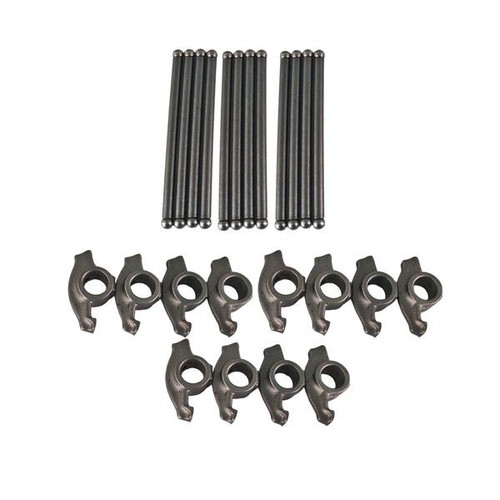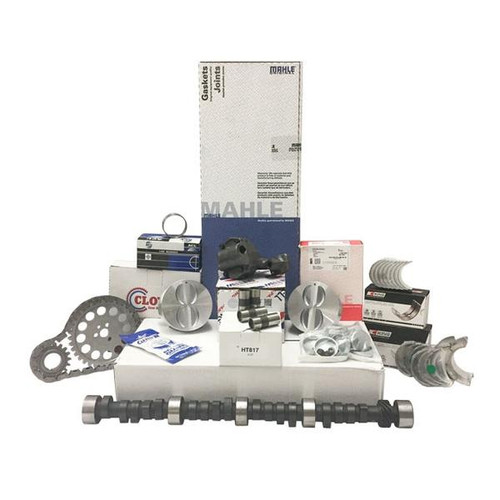-
Ford
Part #: NPTEK244
1990 TO 2001 FORD 4.0 ROCKER ARMS & PUSH RODS RANGER/MAZDA
Engine Make: FordYear: 1990-2001Was:$146.04$131.44 -
Chevrolet
Part #: NP-GM6.2AFMD-J
2010-2015 CAMARO 6.2 VIN J DELETE KIT
Engine Make: ChevroletYear: 2010-2015$862.07 -
Ford
Part #: EK1926
302 Ford (to 1982) Street Performance Master Engine Kit
Engine Make: FordEngine Size: Master KitYear: 1968-1982$700.31 -
Chevrolet
Part #: EK1900
350 Chevy (to 1980 ) Street Performance HOT ROD Engine Master Kit
Engine Make: ChevroletEngine Size: Master KitYear: 1969-1980$656.99 -
Chevrolet
Part #: EK1094
350M Truck 1986-1988 VIN Code M Master Kit
Engine Make: ChevroletYear: 1986-1988$482.56 -
Chevrolet
Part #: EK1803C
383 Chevy Stroker Kit With 6 Rods
Engine Make: ChevroletEngine Size: Master KitYear: 1969-1980$1,048.93 -
Chevrolet
Part #: EK1097AL
383 Vortec Stroker Kit 96-98 - Chevy
Engine Make: ChevroletEngine Size: Master KitYear: 1996-1998$1,435.28 -
Chevrolet
Part #: EK1923C
400 Chevy (1970-1980 using 5.7 Rods) Master Kit w/ Knife Edg
Engine Make: ChevroletYear: 1970-1980$1,034.89 -
Chevrolet
Part #: NPTEK504
454 CHEVY 1970-1990 TRK 1.72 ROCKER ARMS & PUSH RODS
Engine Make: ChevroletYear: 1970-1990$157.44 -
$977.82
-
$331.97
-
$578.35










